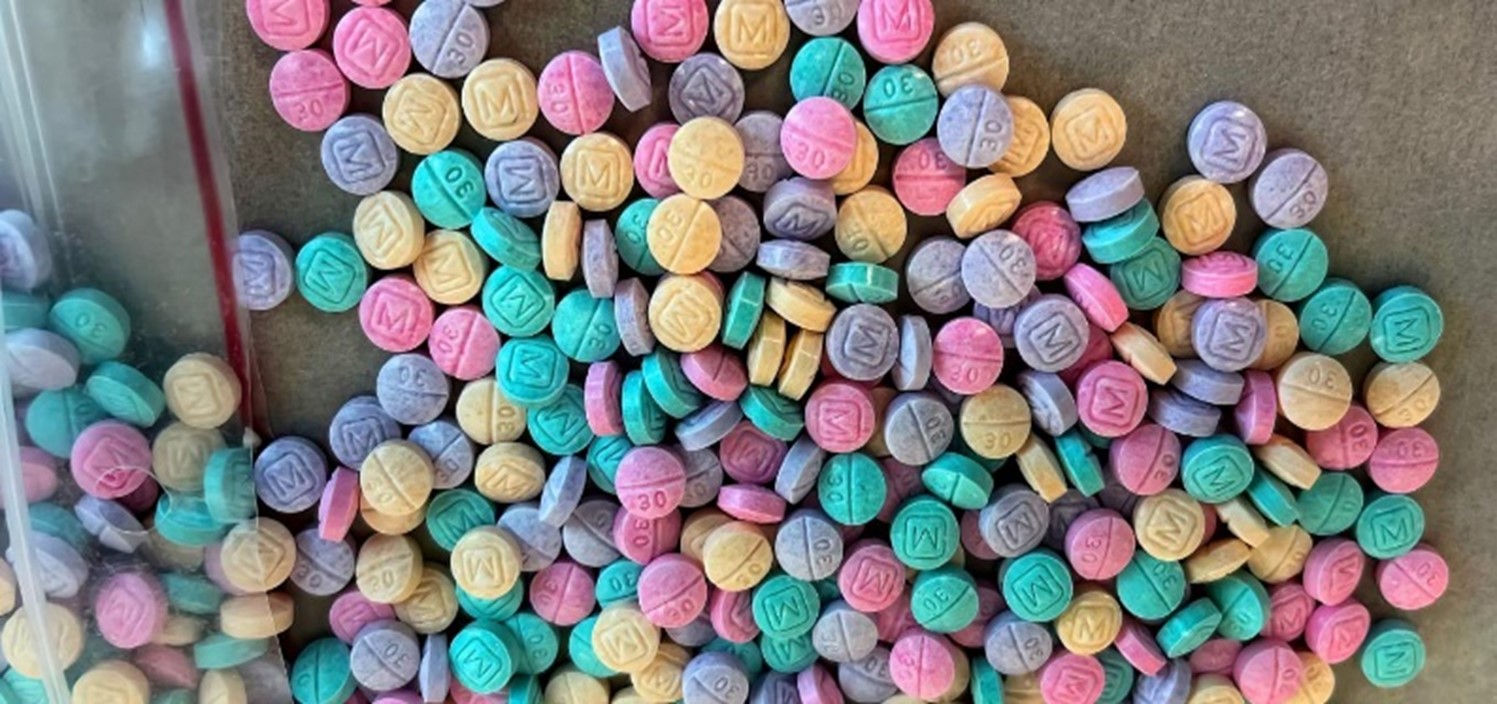Why is fentanyl dangerous?
Fentanyl is extremely potent. It is up to 50 times stronger than heroin and 100 times stronger than morphine. Illicit fentanyl can be added to other drugs to make them cheaper, more powerful, and more addictive. Illicit fentanyl has been found in many drugs, including heroin, methamphetamine, counterfeit pills, and cocaine. Fentanyl mixed with any drug increases the likelihood of a fatal overdose.
Fentanyl-laced drugs are extremely dangerous. It is nearly impossible to tell if drugs have been laced with fentanyl without the use of fentanyl test strips (FTS) because fentanyl cannot be seen, smelled, or tasted. Test strips are inexpensive, typically give results within 5 minutes, and can be the difference between life or death. Even if the test is negative, caution should be taken as test strips might not detect other fentanyl-like drugs, like carfentanil.
FTS cost approximately $1.00 each and can be purchased from several vendors, including:
Free or low-cost FTS are available to individuals at California’s syringe services programs (SSPs) through the California Harm Reduction Supplies Clearinghouse.
Download CDPH's Fentanyl Testing to Prevent Overdose (PDF) fact sheet and
Fentanyl and Fentanyl Test Strips FAQs (PDF).
Naloxone is an opioid antagonist that rapidly reverses the effects of an opioid overdose. With a fentanyl overdose, two or more doses of naloxone may need to be administered.
A fatal amount of fentanyl next to a penny.
Illicit fentanyl is sold alone or in combination with other drugs. It has been identified in counterfeit pills, mimicking pharmaceutical drugs such as oxycodone. According to the United States Drug Enforcement Administration (DEA), counterfeit pills are more lethal than ever before. The DEA found that 2 out of every 5 counterfeit pills with fentanyl contains a potentially lethal dose of fentanyl. The only safe medications are ones prescribed by a trusted medical professional and dispensed by a licensed pharmacist.
Fentanyl can be found in different forms, including pills, powder, and liquid.

Rainbow Fentanyl

Image source: DEA
Brightly-colored fentanyl, referred to as "rainbow" fentanyl, has been identified as a new trend in the United States by the
DEA. Rainbow fentanyl can be found in many forms, including pills, powder, and blocks that can resemble sidewalk chalk or candy. Rainbow fentanyl, like all forms of fentanyl, is extremely potent and dangerous. See
CDPH's Alert on Rainbow Fentanyl.
What is California doing?
The CDPH Substance and Addiction Prevention Branch (SAPB) works with many partners throughout the state to monitor and address current trends at the statewide and local level. CDPH works closely with local health departments, opioid safety coalitions, and other local level partners to support local prevention and intervention efforts. Working closely with local health departments, opioid safety coalitions, and other local level partners allows CDPH to support local prevention and intervention efforts that address the specific and unique trends and needs of California's communities.
CDPH SAPB monitors fatal and non-fatal drug-related overdose trends over time in California by sex, age, race/ethnicity, and drug type. These trends are also available by county and zip code on the California Overdose Surveillance Dashboard.
The CDPH Office of AIDS (OA) funds harm reduction programs throughout the state that offer syringe services, naloxone, fentanyl test strips and other supplies and services to support the health of people who use drugs. The OA
Harm Reduction Unit also provides technical assistance to local health jurisdictions and other local partners to add harm reduction services into health departments, clinics, hospitals and community-based organizations.